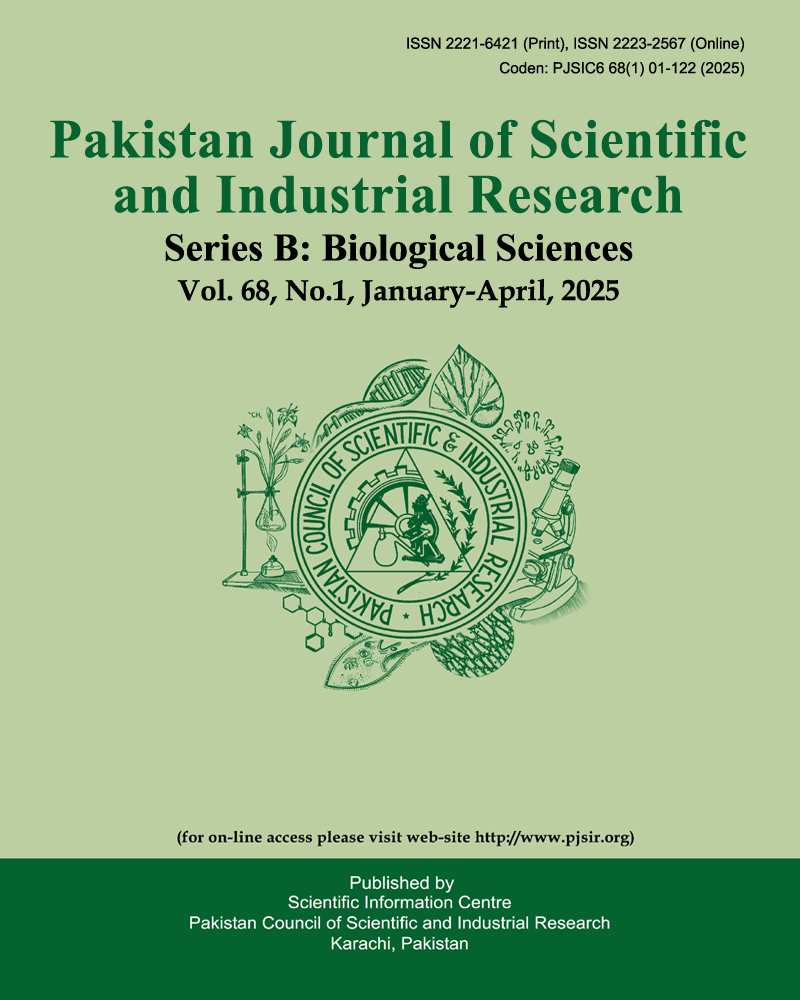Diversity of Spice Plants, Their Use and Function as Additive in Traditional Ethiopian Gastronomies and Culinary Recipes
Function of Spice Plants Use in Ehiopia Gastronomics Recipes
Keywords:
cultural importance plants, ethnobotany, indigenous knowledge, spice markets, spices, condimentsAbstract
Plants used as spices and condiments have historically been added to food for their natural flavouring, aroma and aesthetic appeal as well as for preservation. The traditional plant markets provide these plants with little to no processing for public usage and provide additional household income. The purpose of the current study was to evaluate the types of spice and condiment plants used in Ethiopia's traditional ethnic foods and beverages. After obtaining verbal prior informed consent, a series of semi- structured interviews with spice crop collectors, vendors and users were held in the neighbourhood spice markets of Boditi and Bedessa. A total of 29 different types of spice crops were discovered, belonging to 13 different families. The maximum number of spices were identified in the Boditi local market and had a maximum similarity with Bedessa. The maximum number of spices were belonging to Lamiaceae, Zingiberaceae and Apiaceae families. The majority of the plants sold in the markets were under cultivation. Herbs were the most widely used spices followed by shrubs and climbers. Fresh and leafy herbaceous species were the most prepared used forms of spices. Flavouring and seasoning were top-ranked use categories. Allium sativum L. had the highest index measuring cultural importance out of all the relevant species that were chosen. The current study found that indigenous people know how to use plants as spices and condiments in traditional foods and beverages in Damot Woyde and Damot Gale District, Wolaita, Ethiopia. It is therefore hoped that the knowledge presented in this paper will be useful in subsequent ethnobotanical and ecosystem management studies of the area.


